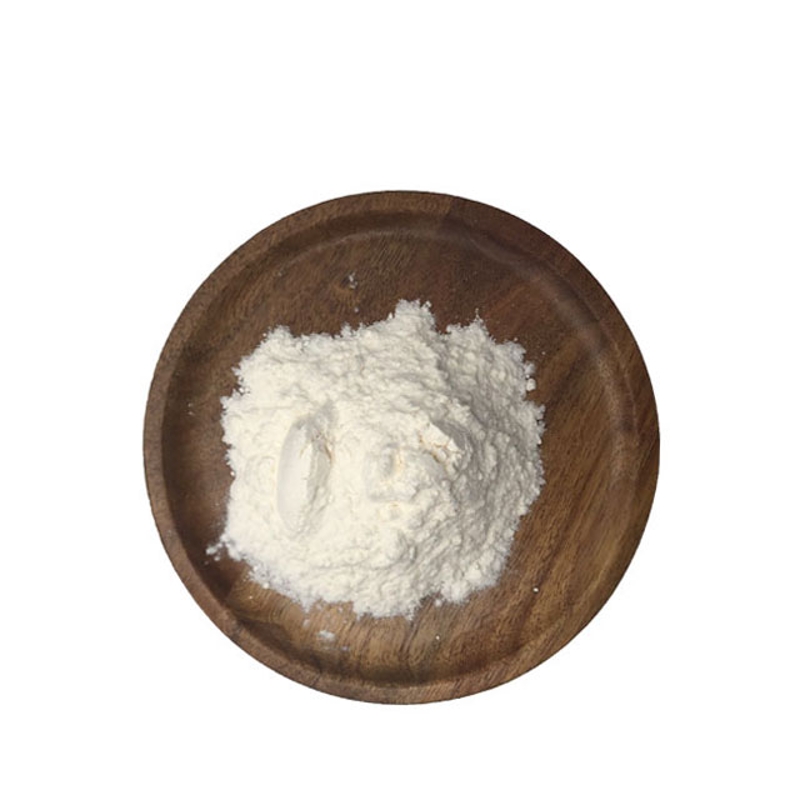-
Categories
-
Pharmaceutical Intermediates
-
Active Pharmaceutical Ingredients
-
Food Additives
- Industrial Coatings
- Agrochemicals
- Dyes and Pigments
- Surfactant
- Flavors and Fragrances
- Chemical Reagents
- Catalyst and Auxiliary
- Natural Products
- Inorganic Chemistry
-
Organic Chemistry
-
Biochemical Engineering
- Analytical Chemistry
- Cosmetic Ingredient
-
Pharmaceutical Intermediates
Promotion
ECHEMI Mall
Wholesale
Weekly Price
Exhibition
News
-
Trade Service
This article is from the NEJM Journal Watch Review of Peptide Receptor Radionuclide Therapy for Refractory Mid-Gut Neuroendocrine Tumors Peptide Receptor Radionuclide Therapy for Refractory Mid-gut Neuroendocrine Tumors by David H.
Ilson, MD, PhD1 The new study supports previous findings that peptide receptor radionuclide therapy (PRRT) has better progression-free survival than systemic therapy, but not overall survival
.
PRRT has been approved for the treatment of well-differentiated midgut neuroendocrine tumors that have progressed after somatostatin analog (SSA) therapy based on the prolongation of progression-free survival (PFS) observed in the NETTER-1 trial (NEJM JW Oncol Hematol Mar 2017 and N Engl J Med 2017;376:125)
.
The therapy has since been approved for the treatment of low- or intermediate-grade gastroenteropancreatic neuroendocrine tumors
.
However, recent results from the NETTER-1 trial did not demonstrate that PRRT was superior to escalating-dose SSA in overall survival (OS) in patients with refractory midgut neuroendocrine tumors (NEJM JW Oncol Hematol Feb 2022 and Lancet Oncol 2021; 22: 1752)
.
This time, Italian researchers published the results of a multicenter retrospective study of 508 patients with gastroenteropancreatic neuroendocrine tumors with disease progression after SSA who received PRRT or systemic therapy in second-line therapy (Applied ).
Targeted drugs [everolimus or sunitinib] or chemotherapy [temozolomide, fluorinated pyrimidines, or platinum-based drugs])
.
More patients received PRRT than received targeted drugs or chemotherapy (65% vs.
35%)
.
The prevalence of pancreatic-derived neuroendocrine tumors was higher in the targeted drug/chemotherapy group than in PRRT (77% vs.
37%)
.
Most patients had WHO grade 1-2 tumors (90%-95%), and most patients had tumors with a Ki-67 proliferation index ≤10% (70%-86%)
.
At a median follow-up of 90 months, median PFS was greater in the PRRT group than in the systemic group (2.
5 years vs.
0.
7 years; hazard ratio, 0.
35; P<0.
001), but there was no improvement in median OS (12.
0 in each group, respectively).
years and 11.
6 years)
.
Similar results were observed in the propensity score-matched population
.
In a multivariate analysis of all patients, regardless of tumor location (pancreas or bowel), tumor status (functional or non-functional), or tumor grade (grade 1 or 2 with Ki-67 index ≤10%), PFS improvement was independently associated with PRRT
.
Comments This important study supports the observations of the NETTER-1 trial that in patients with disease progression following SSA, PRRT resulted in a significant improvement in PFS, but not OS, compared with systemic therapy
.
The study's observations covered pancreatic and intestinal primary tumors and suggest that PRRT should be used before other systemic therapies
.
An ongoing randomized trial is also comparing PRRT with systemic therapy in gastroenteropancreatic neuroendocrine tumors that have progressed after SSA therapy
.
Reviewed article Pusceddu S et al.
Association of upfront peptide receptor radionuclide therapy with progression-free survival among patients with enteropancreatic neuroendocrine tumors.
JAMA Netw Open 2022 Feb 24; 5:e220290.
(https://doi.
org/10.
1001/jamanetworkopen .
2022.
0290) Related Reading NEJM Journal Watch NEJM Journal Watch (NEJM Journal Watch) is published by the NEJM Group, asking internationally renowned doctors to comment on important papers in the medical field, helping doctors understand and apply the latest developments
.
"NEJM Frontiers of Medicine" translates several articles every week, publishes them on the app and official website, and selects 2-3 articles and publishes them on WeChat
.
Copyright Information This article was translated, written or commissioned by the NEJM Frontiers in Medicine, jointly created by Jiahui Medical Research and Education Group (J-Med) and The New England Journal of Medicine (NEJM)
.
The full text of the Chinese translation and the included figures are exclusively authorized by the NEJM Group
.
If you want to reprint, please leave a message or contact nejmqianyan@nejmqianyan.
cn
.
Unauthorized translation is an infringement, and the copyright owner reserves the right to pursue legal responsibility
.







